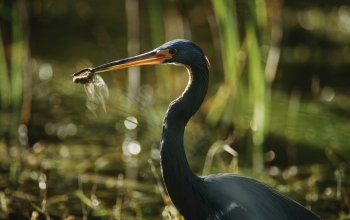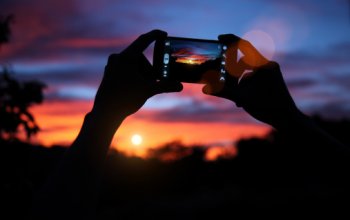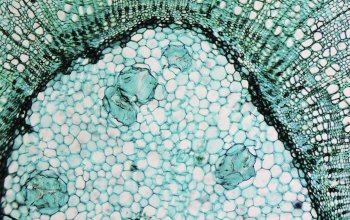How Can We Find the Best Place for a Plant to Grow?
How Can We Find the Best Place for a Plant to Grow?
How Can We Find the Best Place for a Plant to Grow? is part of Smithsonian Science for the Classroom, a curriculum series by the Smithsonian Science Education Center. It is designed to address a bundle of grade 2 life science and engineering standards. In this module, students:
- Figure out why a radish seed sprouted inside a backpack.
- Define the problem that a tomato plant needs to be pollinated to produce tomatoes.
- Design a tool that can be used to pollinate tomato plants.
- Figure out how an acorn was planted in a pot on a third-floor balcony.
- Find the best place to plant plants in a schoolyard.
Below are digital resources that support teaching of this module.
Family Letter
Before starting How Can We Find the Best Place for a Plant to Grow?, share the Family Letter with students’ caregivers. Indicate how they should submit responses to the letter.
Download the Family Letter PDF
Ada Asks Introduction (1:02 minutes)
Ada introduces students to the phenomenon driving Lessons 1–3. Closed captioning is available in the YouTube version by clicking the “CC” icon.
Watch Ada Asks Introduction on YouTube
or Download the Ada Asks Introduction Video
Download the Accessible Version of the Ada Asks Introduction Video
Download the Ada Asks Introduction Video Transcript
Radish Sprouts
This image shows radish seeds sprouted inside a plastic bag.
Download the Radish Sprouts PDF
Radish Growth (0:15 minutes)
This video shows time-lapse footage of radish seedlings growing.
Download the Radish Growth Video
Download the Accessible Version of the Radish Growth Video
Download the Radish Growth Video Transcript
Taping Labels to Dishes
This file shows students how to tape labels onto their petri dishes so that the labels remain visible throughout the investigation.
Download the Taping Labels to Dishes PDF
Claim and Evidence
This file shows an example of using claim and evidence to answer a question.
Download the Claim and Evidence PDF
Ada Asks Tomatoes (0:35 minutes)
Ada introduces the problem driving Lessons 4–6. Closed captioning is available in the YouTube version by clicking the “CC” icon.
Watch Ada Asks Tomatoes on YouTube
or Download the Ada Asks Tomatoes Video
Download the Accessible Version of the Ada Asks Tomatoes Video
Download the Ada Asks Tomatoes Video Transcript
Tomato Plant Parts
This file shows photos of tomato plant parts.
Download the Tomato Plant Parts PDF
Plenty of Pollinators (1:07 minutes)
This video shows different types of animals pollinating flowers.
Download the Plenty of Pollinators Video
Download the Accessible Version of the Plenty of Pollinators Video
Download the Plenty of Pollinators Transcript
Beautiful Blooms
This website shows stamps of pollinators and plants.
https://postalmuseum.si.edu/exhibition/beautiful-blooms/pollination
Design a Hand Pollinator
This file provides the directions for designing a hand pollinator.
Download the Design a Hand Pollinator PDF
Ada Asks Oak (0:41 minutes)
This video introduces the phenomenon driving Lessons 7–8. Closed captioning is available in the YouTube version by clicking the “CC” icon.
Watch Ada Asks Oak on YouTube
or Download the Ada Asks Oak Video
Download the Accessible Version of the Ada Asks Oak Video
Download the Ada Asks Oak Video Transcript
Seeds
This file shows images of the three kinds of seeds used or modeled in the activity.
Download the Seeds PDF
Home on the Range
This simulation enables students to explore where animals and plants live and how their ranges overlap.
ssec.si.edu/home-on-the-range
Ada Lives Here
This image shows where Ada lives marked on a map.
Download the Ada Lives Here PDF
Pin Oaks and Blue Jays
This file contains maps showing the ranges for pin oak trees and blue jays in North America.
Download the Pin Oaks and Blue Jays PDF
Ada Asks Science Challenge (1:57 minutes)
This video introduces the Science Challenge. Closed captioning is available in the YouTube version by clicking the “CC” icon.
Watch Ada Asks Science Challenge on YouTube
or Download the Ada Asks Science Challenge Video
Download the Accessible Version of the Ada Asks Science Challenge Video
Download the Ada Asks Science Challenge Video Transcript
Schoolyard Map
This file shows the schoolyard map students will use in the Science Challenge.
Download the Shoolyard Map PDF




Kit Tips & Tricks